What Is a Drawing? Part Two
Plus selfies of yore with famous friends
Since I am the sort of person who damn near weeps when she sees a great Degas pastel (like the bather above), it’s not surprising that drawings are perhaps the medium dearest to my heart. I love the spontaneity, the economy of means, and the sense that one is as close as possible to the artist’s interior life and thought processes.
Beginning in 2016 through 2021, I published nine iterations of the post called “What Is a Drawing?” encompassing works in traditional mediums like charcoal or pencil as well as unconventional means such as sawdust and welded steel.
When I revived the idea a few months ago, I went back to some of the original artists solicited and started adding new works or republishing older efforts. The post evoked a positive response, so I think I’ll keep on keeping on….
Herewith another batch of drawings to lighten the dog days of summer.
Marieken Cochius: Investigating interactive networks between living organisms in an ecosystem led to the creation of this series of "Welded Drawings,” which are handmade and in direct opposition to 3D printing and laser cutting.
I use a welder in ways for which it was never intended. Starting with a steel sheet, I “draw” with a Mig welder, and build up reliefs as I go. Nerve- or root-like systems and many different marks and textures grow together. I incorporate the melted steel drips and discolorations and warping of the metal sheet. When ready, I cut or burn parts of the steel sheet away with a welder or a cutting torch. The works are displayed on custom wall-brackets that support them about 3" from the wall, so the shadow-play is a part of the work as well.
Tracey Brockett: I draw daily, lately with pen and ink. It is a practice separate from but complementary to my painting, having to do more with structure and shape than color. I consider them works in their own right, not sketches. The force and direction of line is really what drives the drawing; in my paintings, it is color that is the driver. There have been times when the distinction is pretty subtle, but it has always been a clear one to me. Drawings are a way of working on different issues.
The late Peri Schwartz, who deserved far more attention in her lifetime (don’t we all?), made drawing a central part of her endeavors, and so I’m happy to reproduce this one here. “Drawing has always been an integral part of my process, and when I started using Mylar in 2012, I found a surface that resonated perfectly with my subject,” she wrote in 2017. “The ability to erase and get back a beautiful light is still magic to me. For almost 20 years I have used my studio as a subject in paintings, drawings, and prints. I am constantly rearranging the tables, color on walls, boards and books to get the composition to work. I initially begin a drawing to figure out how big the painting or print should be. As the drawing develops, it takes on a life of its own.
Frances B. Ashforth: I’m still drawing all the time and returned in April from a special eight-day trip (float/hike/write/draw) down the Grand Canyon. Wow, was I taken aback by the beauty, the massive scale, the BIG whitewater (we were in rafts) and the amazing group of writers I was invited to join. I’m not a writer per se, not sure why they accepted me, but what a trip! I stumbled through the writing classes led by Craig Childs & Amy Irvine, and then just decided to draw as much as I could. Here’s my favorite view, which I was able to polish when I got back to my home studio. It was one of those experiences with people and place that digs deep into one’s being.
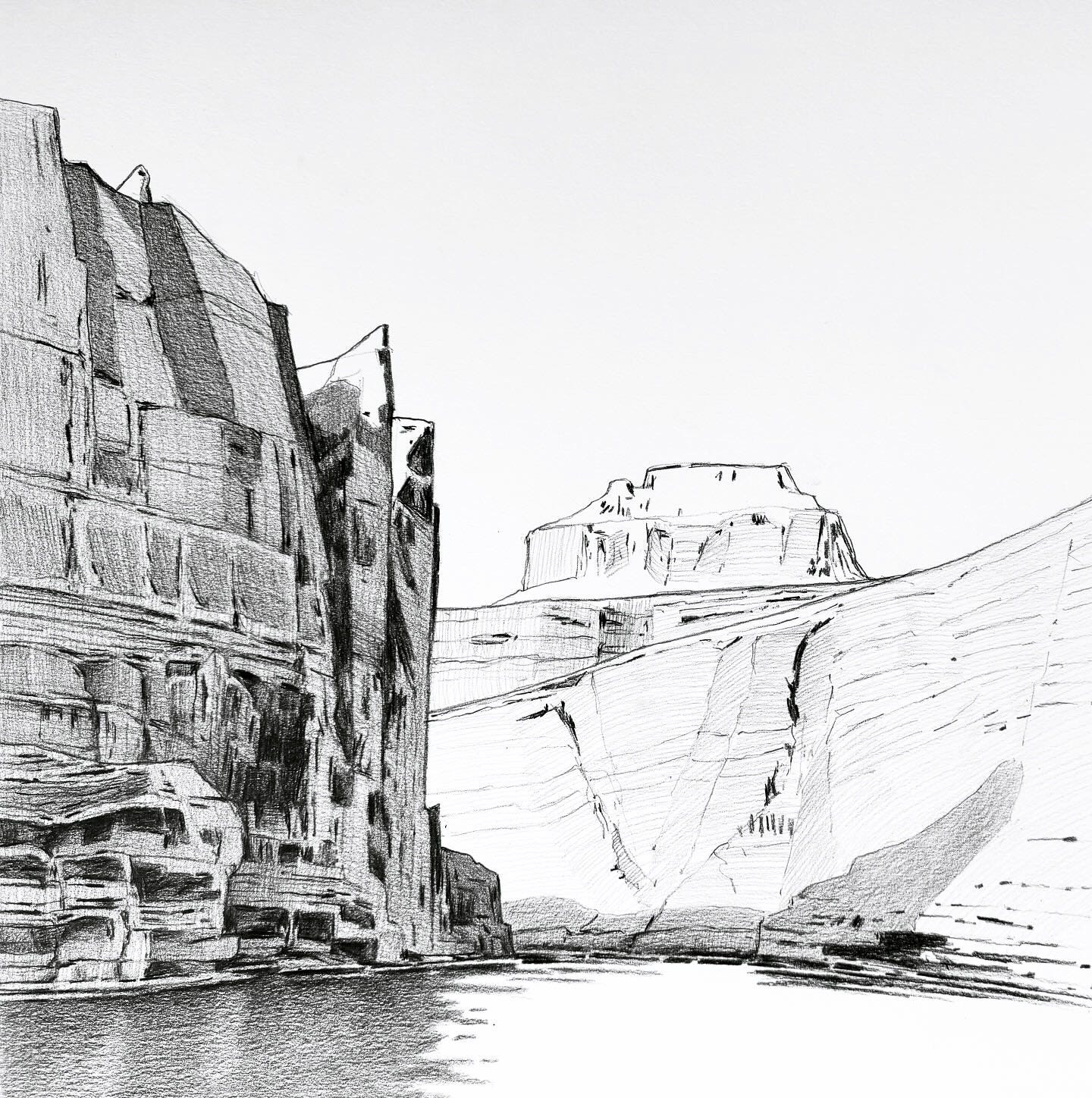
Susan Pasquarelli has been making drawings after etchings by Pieter Brueghel the elder. Normally right-handed, she draws with her left for these. “It’s something about connecting my left-handed mark making with a master,” she says. “It’s also about learning the volume of the rectangle as a ‘window’ into space. And art history, then and now. The now is the energy of the marks I make in interpreting his work. Copying the masters used to be part of art-school pedagogy, and it’s still invaluable information and nourishment for any artist. Plus it’s just plain fun.”
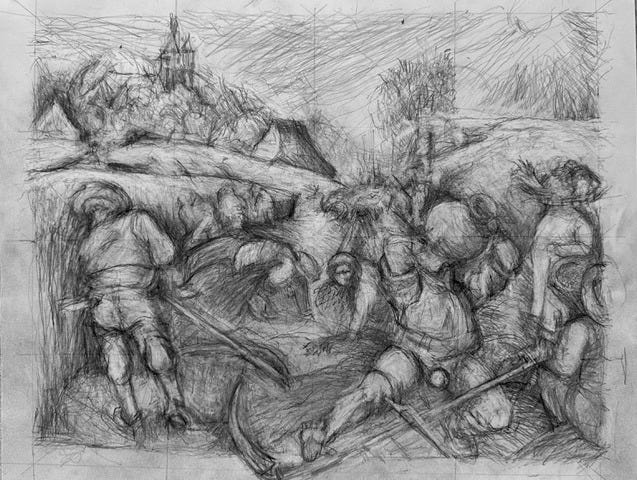
I haven’t had much response to the monuments contest posted in the last couple of newsletters (maybe everyone is just so disgusted with Trump it’s not worth the bother), but a handful sent along photos of themselves with famous artists.
Curator, critic and artist David Rubin with George Herms, known for his collage and object-based sculptures, ca. 1982. Rubin was an assistant professor at Scripps College and assistant director of the galleries of the Claremont Colleges. The event was a dinner following the opening of Rubin's curatorial effort for Pomona College's Montgomery Art Gallery, "Contemporary Triptychs." The exhibition featured work by Herms, now 90 years old, and numerous L.A. artists (including Ed Moses, Joe Goode, Laddie John Dill, Ron Cooper, and Merion Estes, among others). Says Rubin: “Note Herms's playful three-fingered gesture, which relates to the exhibition's theme.”
Taos artist Marcia Oliver is shown here with Dennis Hopper (center) and writer Leo Goren. Hopper, of course, became famous as an actor and as the director and star of Easy Rider, the counterculture classic from 1969. “That photo was taken in 1974 when gallerist Tally Richards had one of her splashy openings,” Oliver writes. “This one was for Fritz Scholder. Hopper had recently purchased the Mabel Dodge Luhan property, and Tally had arrived here from New York in 1969, where she had danced at the Copacabana.” Famed Taos Modernists Bea Mandelman and Louis Ribak convinced her to open an art gallery instead of the coffee shop-bookstore, she'd intended. “Tally had a penchant for celebrities and the high life, though she scraped by financially, with the help of friends,” Oliver recalls “She did take her gallery seriously, though, and worked hard to keep it afloat for 30 years. She told me she had decided to leave Taos because she felt ‘no longer welcome’ as a cigarette smoker in the local restaurants.”
Susan Schwalb, a virtuoso at metalpoint drawings (and we will feature her works soon), with Isabel Bishop at the opening of Isabel Borgatta’s sculpture show, at Frank Rehn Gallery on Madison Avenue, March 21, 1977. “Isabel was an early supporter of my work and wrote a recommendation when I first applied to the MacDowell Colony,” Schwalb recalls. “She bought a drawing from me at my first solo show at a bookstore in Soho, ca. 1975, and kept it in her studio on Union Square. The studio was robbed at one point. The thieves didn’t touch her work, but they made off with my drawing.”
Ah, the memories! Keep ‘em coming!


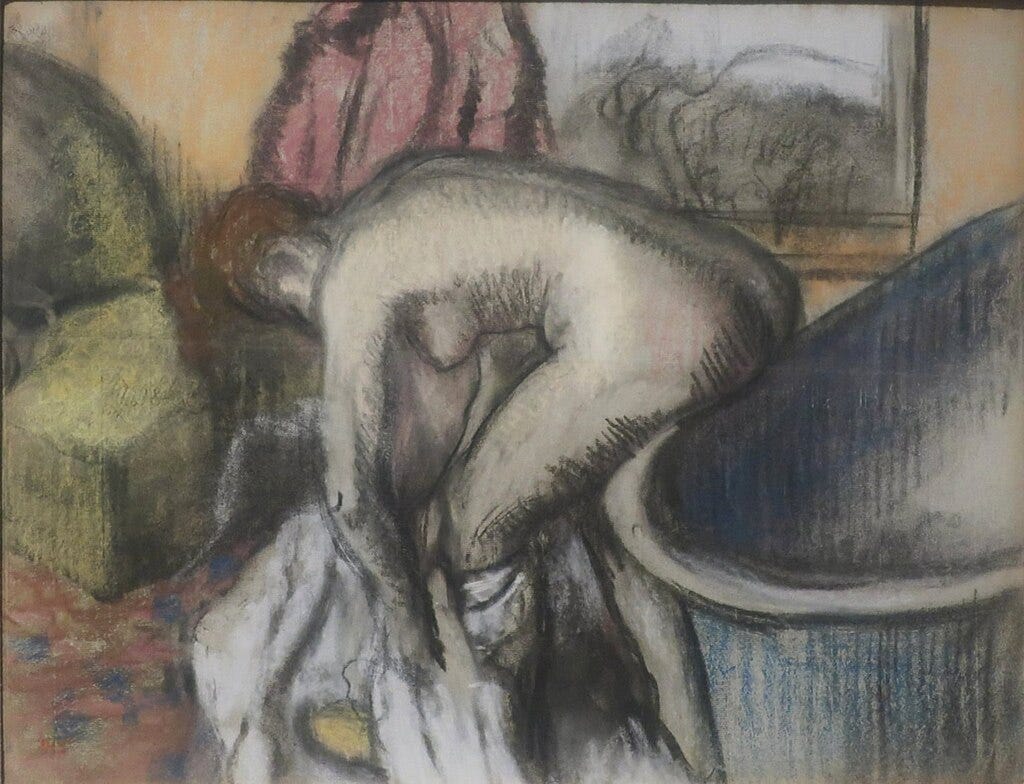
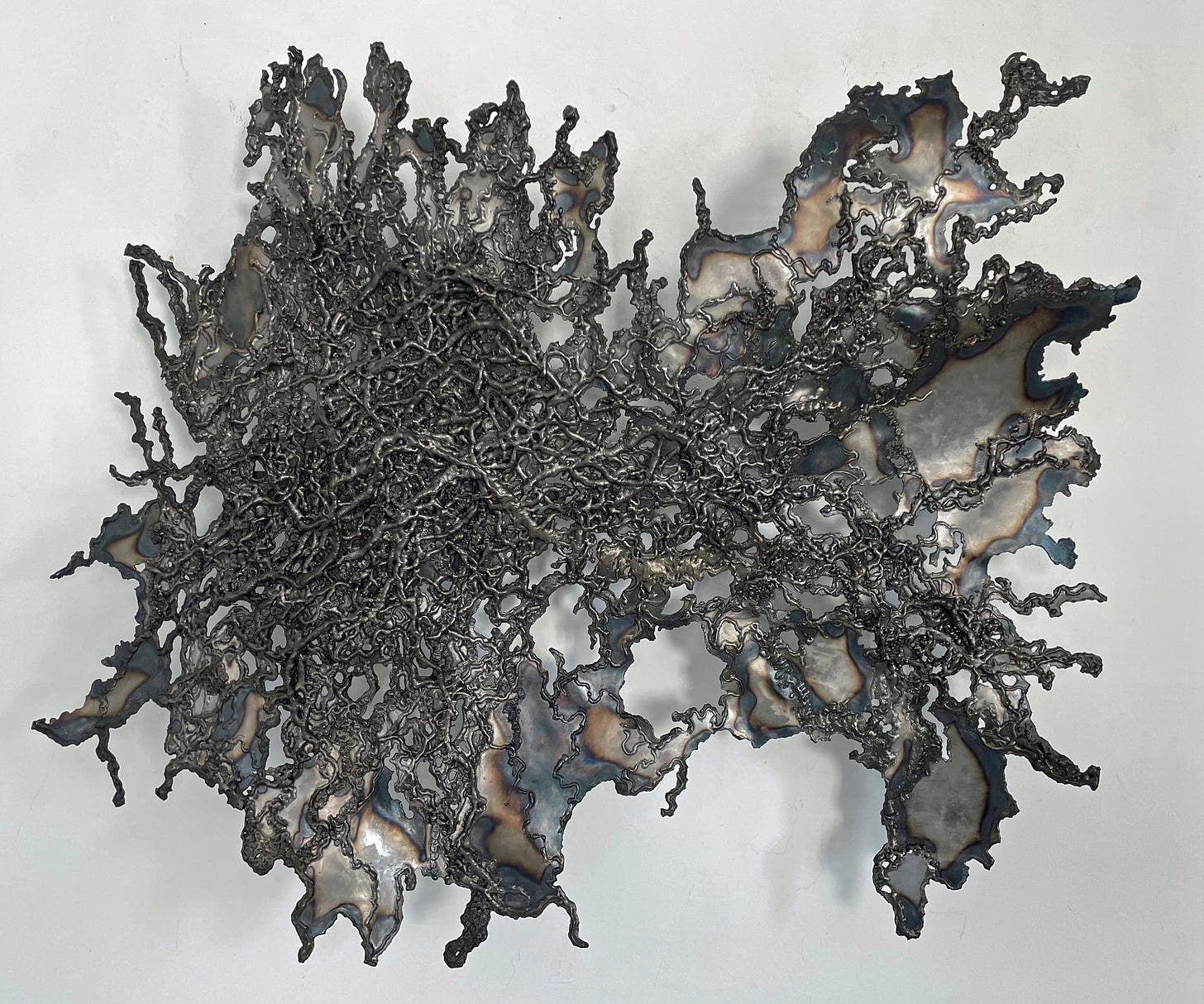
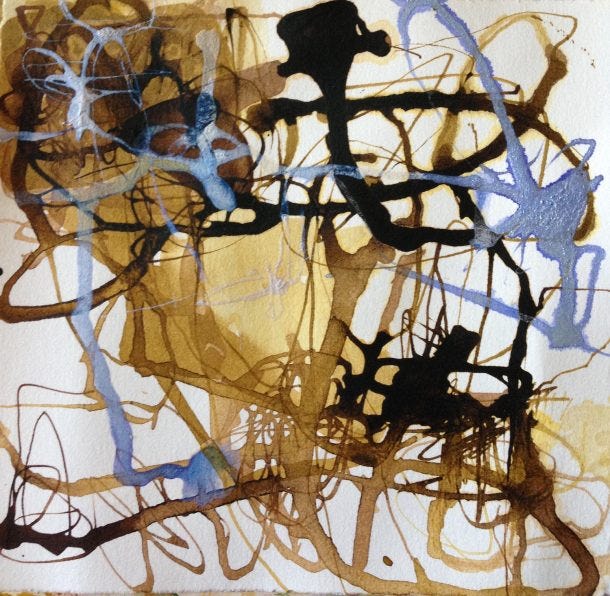
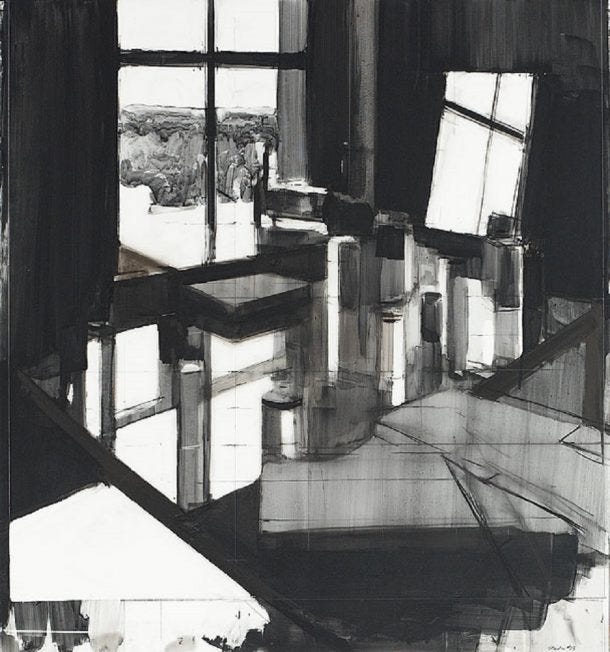
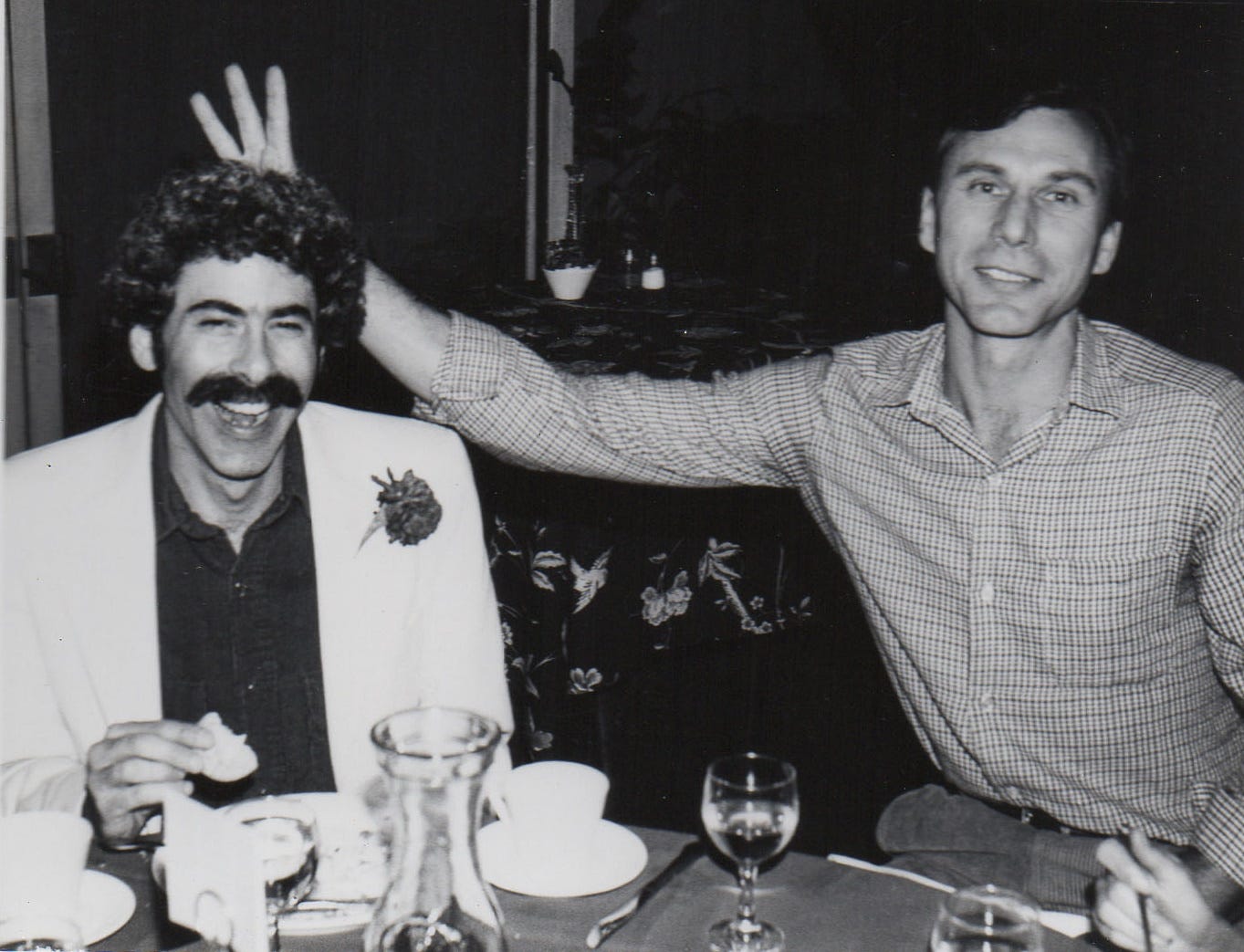
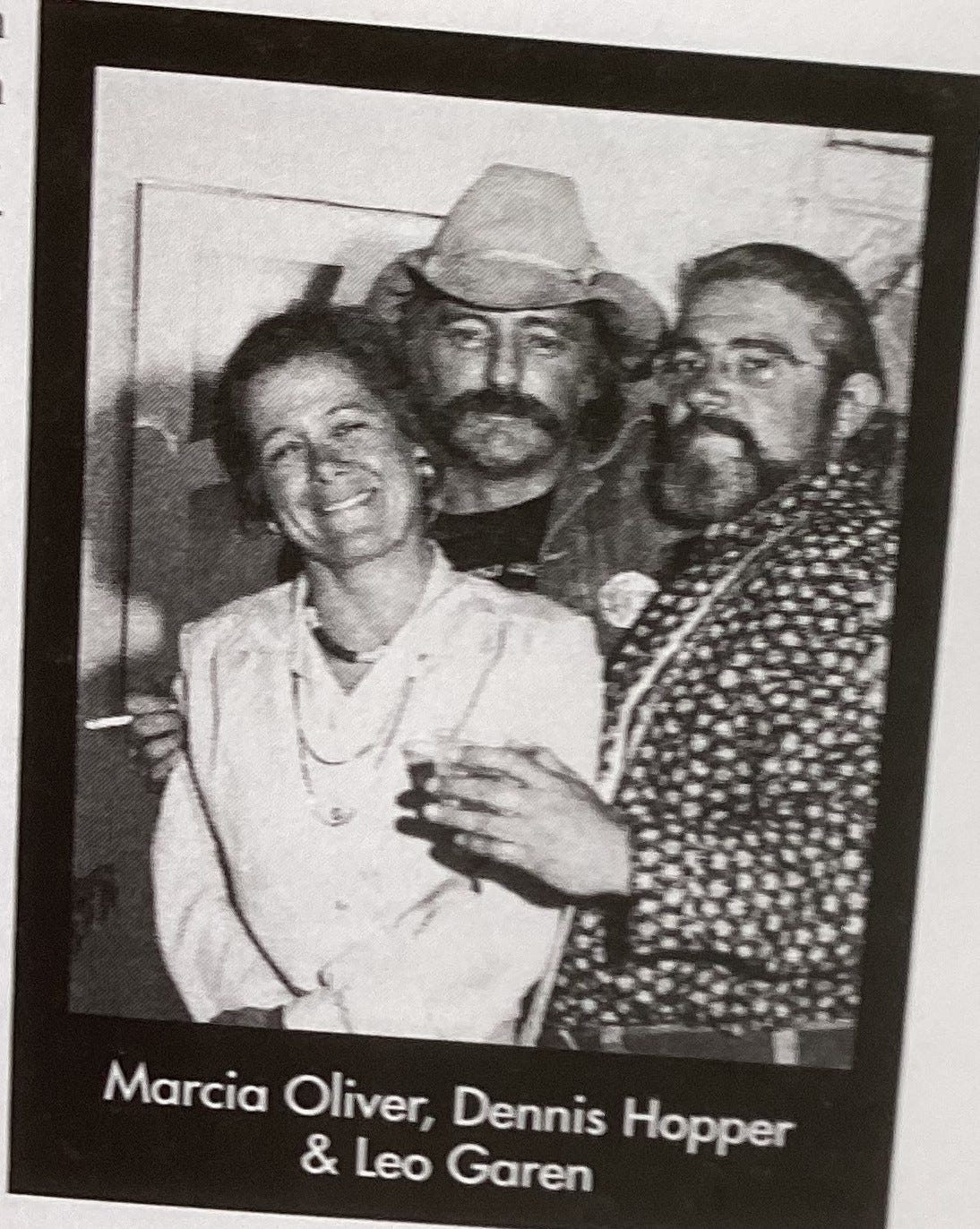
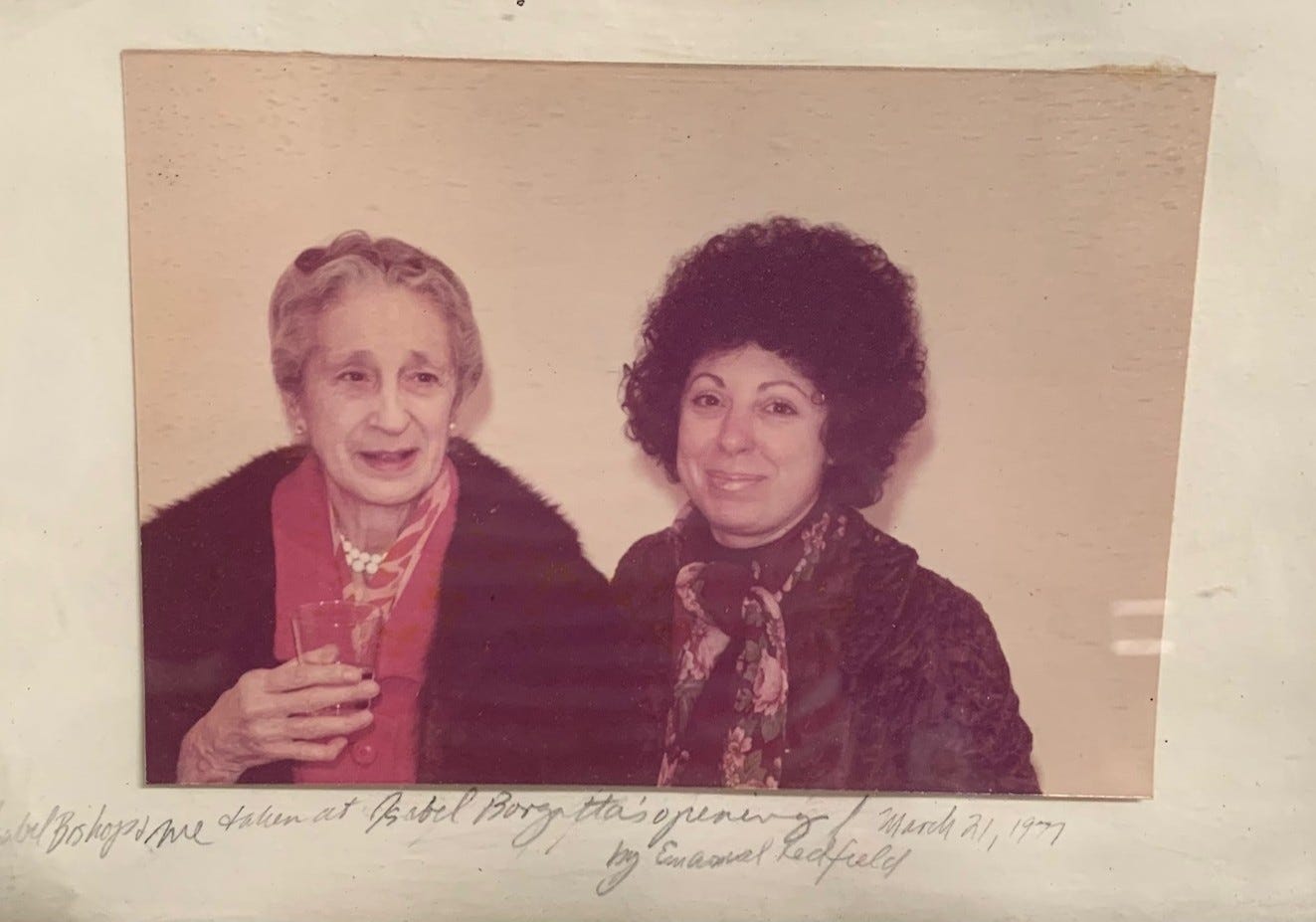
In search of focus, today I’ll start with drawing. Thanks for the reminder.